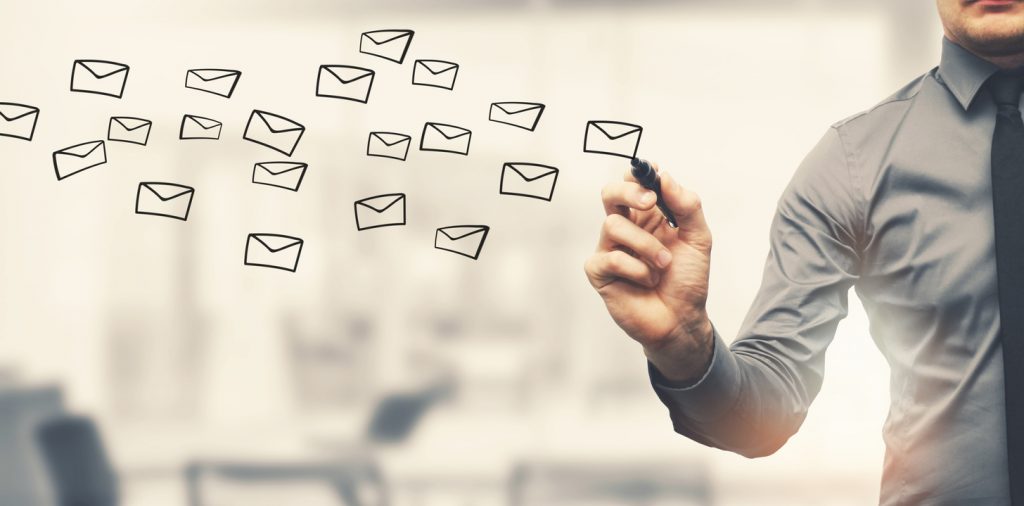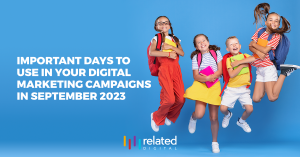5 Tips for Email Segmentation Best Practices

What is email segmentation? Simply put, list segmentation is the practice of dividing your email subscribers according to demographics or their behaviours. This allows you to send different messages to different types of people in your audience. Demographics you might use for list segmentation includes things like age group, gender, geographic location or where and how subscribers signed up. An example of segmentation best practices using this strategy would be for a toy store to target families differently depending on their children’s ages.
Demographics segments are great for email segmentation basics, but segmentation best practices include segments based on dynamic criteria as well. This includes things like purchase history, open rate, lead score, cart contents and even weather. This capability drives home one of the true answers to what is email segmentation: the ability to not just provide the most persuasive message to the right person, but also at the right place at the right time.
Benefits of List Segmentation
Why get started with email segmentation basics? Because a lack of relevancy in your emails is a clear way to encourage your readers to unsubscribe. Each of your customers are different hand have unique persuasion triggers: something that’s attractive to an older man on the east coast might not resonate with a young midwestern woman. When irrelevant messages pile up in a user’s inbox, your readers won’t open them—and they’ll probably send you straight to the spam folder.
With email marketing segmentation best practices, you achieve a higher ROI on your email campaigns. Think of how powerful tailoring an email can be when following up on a purchase they made with a related recommendation versus highlighting a product to them that they’d already bought ages ago. This method of list segmentation using dynamic activity triggers can powerfully boost your bottom line. Ready to learn how to make use of some segmentation best practices? Find out below.
 Start Email Segmentation with Demos and Personas
Start Email Segmentation with Demos and Personas
You probably have buyer personas in mind when designing content for your business or store. These personas make for a great, convenient selection of segments to divide your list. If you haven’t developed personas for your audience, simply consider who are your best customers, your second-best customers, and what these groups react to best. Consider geographic regions, age, gender, and even interests when creating these personas for your list segmentation.
Make List Segmentation Simple with a Survey
Not sure what sets some groups on your list apart from others? Simply ask them with a survey. Keeping things short and sweet is preferable when pushing a survey out to your list. Include questions that will help you understand why and how they derive value from your brand. Group subscribers by like responses for an easy method to segment your list.
Segment the Sales Funnel
Do you have some hot new leads on your list? The way you’ll message them is different than how you’d target and talk to repeat buyers or those who made a one-time purchase and have held off from buying again. With activity-based triggers that respond to users’ purchase histories, place in the sales funnel or other interactions (like downloading ebooks, for example), you can zero in on prospects and push them down the customer journey path. When it comes to active customers, try upselling or promoting new products based on their interests and purchase history.
Get Local with Geographic Data
Whether your business is big or small, build local relevancy by tailoring your emails to users’ specific cities and locations. This doesn’t mean just identifying a reader as a Londoner, for example. You can use geographic data much more effectively by tailoring email content around city events, weather patterns and other dynamic situations.
Respond to Web Activity
In addition to purchase activity, you can use list segmentation to target readers based on pages on your site they’ve visited or not visited. What if they’ve visited one page but haven’t seen a related one? Segment the user based on this and tease that content in an email. This will help you string readers along the customer journey and keep them engaged based on what content from you they’ve already seen.


